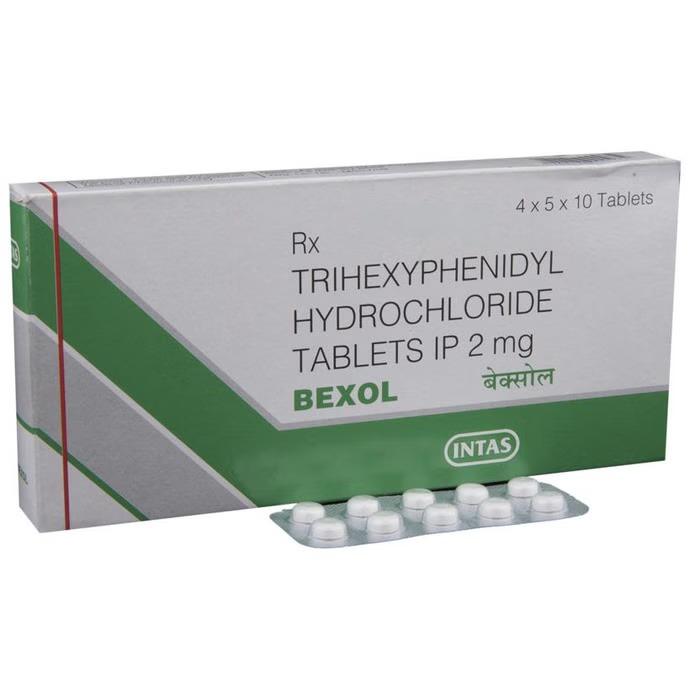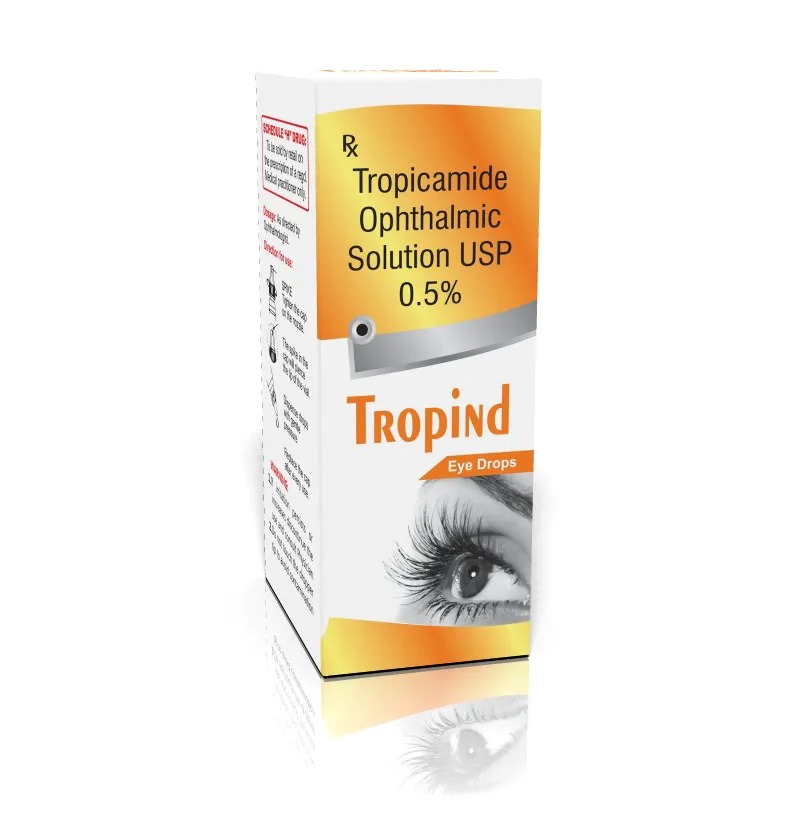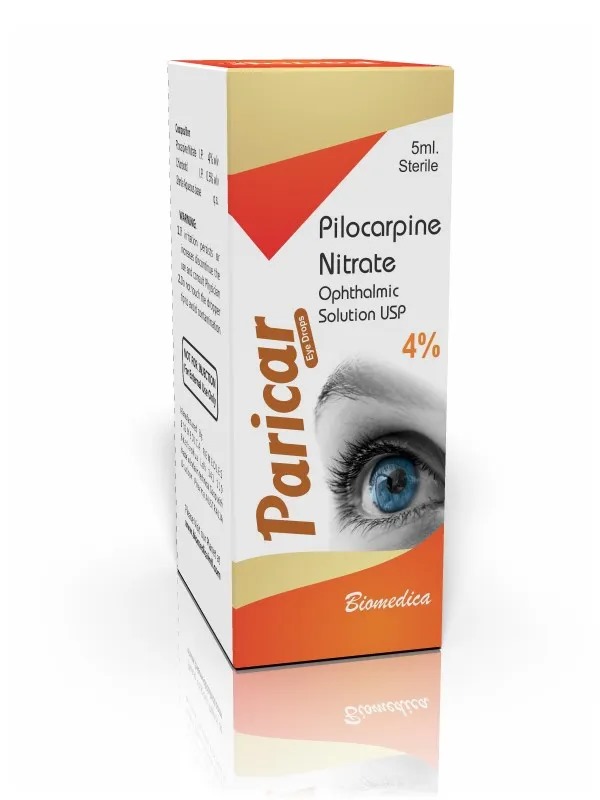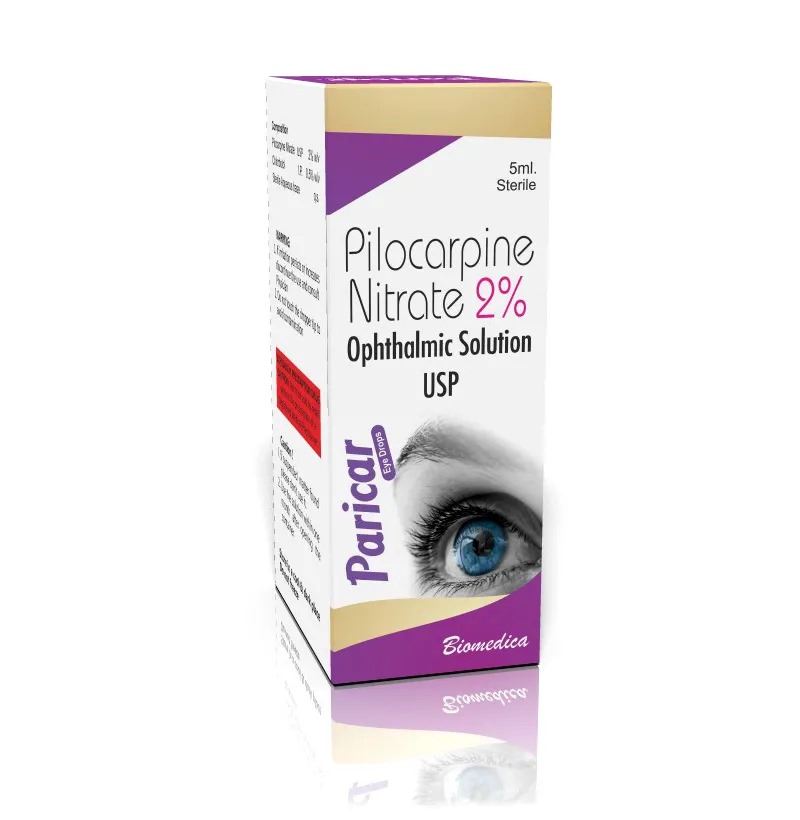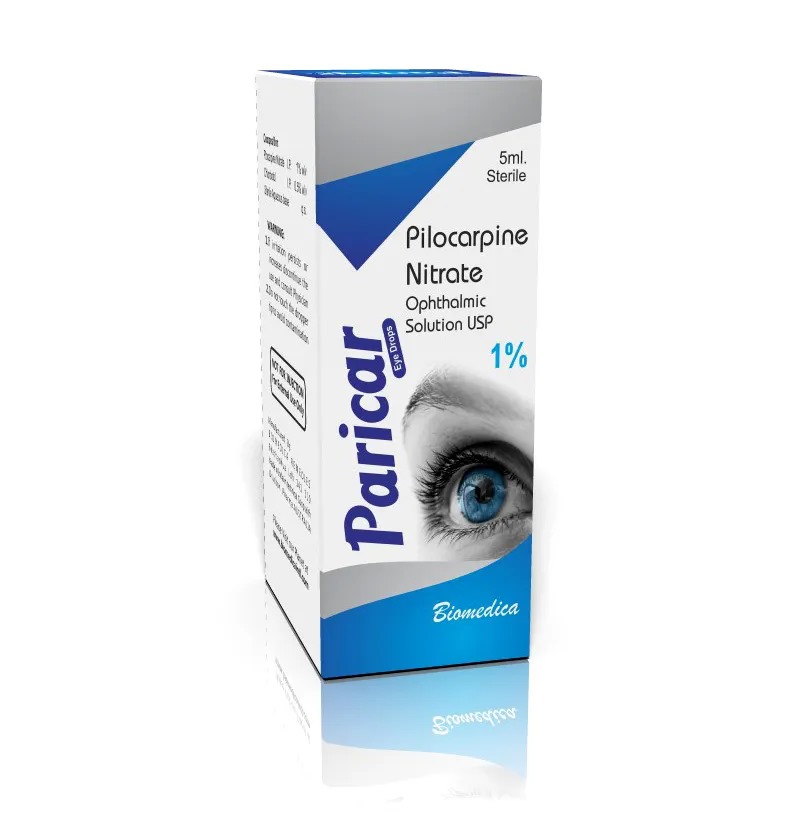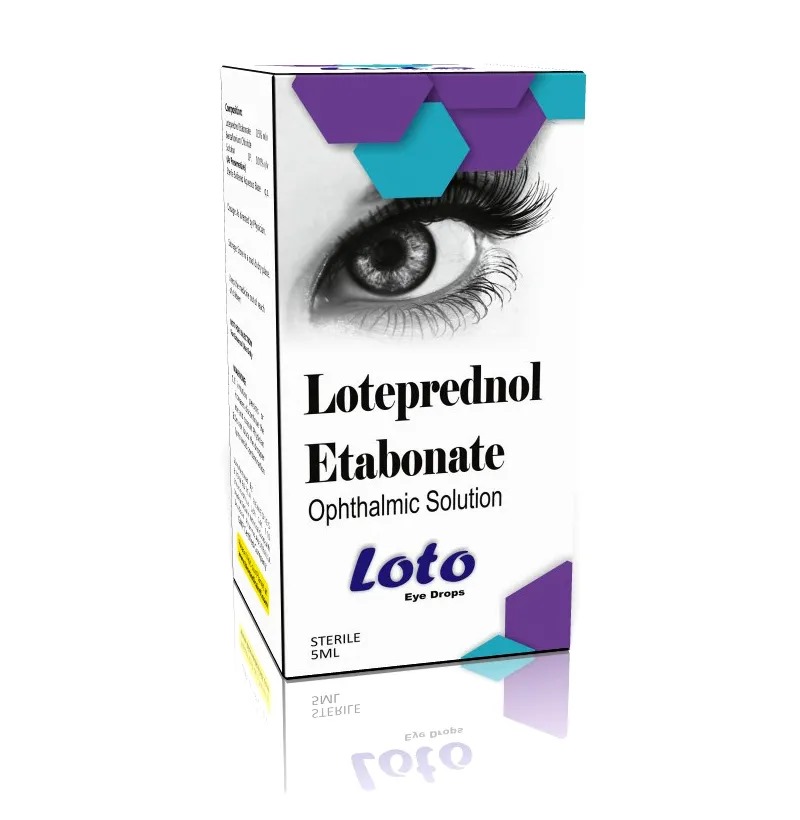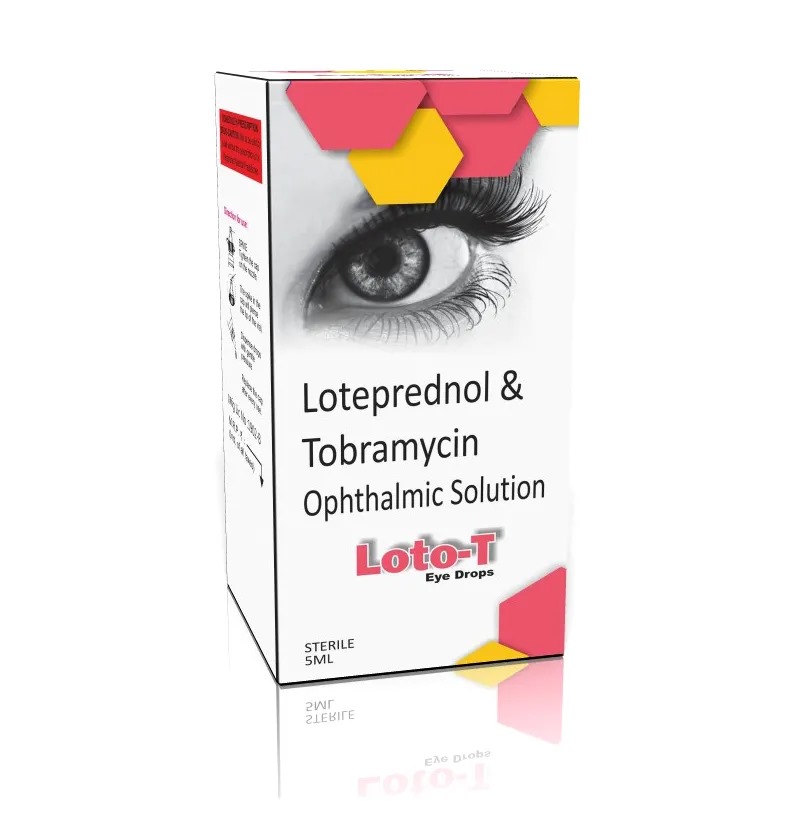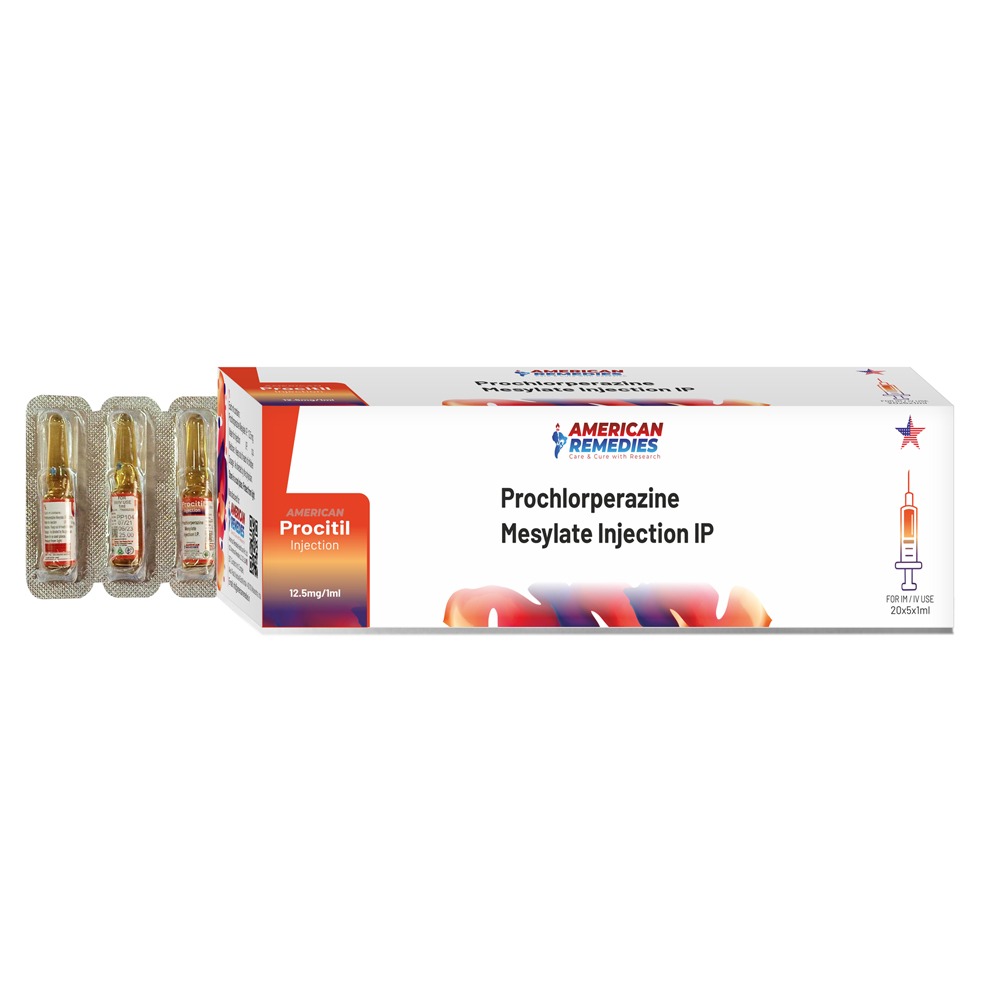Marketer Intas Pharmaceuticals Ltd SALT COMPOSITION Trihexyphenidyl (2mg) Salt Synonyms Benzhexol Storage Store below 30°C Uses of Bexol Tablet Treatment of Parkinson's disease Treatment of Drug induced abnormal movements Product introduction Bexol Tablet is used with other medicines to treat Parkinson’s disease. It’s also used to treat severe movement side effects caused by certain drugs (drug-induced movement disorder). Bexol Tablet should be taken empty stomach as it reduces the side effects of this medicine. It should be taken at the same time each day, this helps to maintain a consistent level of medicine in the body. Take this medicine in the dose and duration as advised by your doctor and if you have missed a dose, take it as soon as you remember. Do not skip any doses and finish the full course of treatment even if you feel better. This medication mustn't be stopped suddenly without talking to the doctor as it may result in a worsening of symptoms. Some common side effects of this medicine include nausea, vomiting, constipation, and blurred vision. It even causes dizziness and sleepiness, so do not drive or do anything that requires mental focus until you know how this medicine affects you. Dry mouth may occur commonly while using this medicine so, try to do frequent mouth rinses, maintain good oral hygiene, and increase water intake. Avoid wearing contact lenses as it may cause dry eyes as well. It is important to inform your doctor if you suffer from glaucoma or have trouble passing urine. Before using Bexol Tablet, you should tell your doctor if you've ever had heart problems, problems with passing urine, liver or kidney disease. It may also affect, or be affected by, some other drugs you are using so let your doctor know what these are to be safe. Pregnant or breastfeeding mothers should consult their doctor before starting treatment with this medicine. Benefits of Bexol Tablet In Treatment of Parkinson's disease Parkinson’s disease (PD) is a disorder of the central nervous system. It makes the muscles stiff which causes difficulties in standing and walking. PD also causes tremors and loss of balance. Bexol Tablet helps to treat the symptoms of Parkinson's Disease. It relaxes the stiff muscles and helps in easy movement without losing balance. Bexol Tablet is also used to treat side effects like abnormal movements caused by antipsychotic drugs. It is advisable not to stop this medicine without consulting your doctor. This is because a sudden stoppage can cause symptoms of Parkinson's disease to return. You can see that the drug is working if you are able to do your daily activities more easily and have a more active and better quality of life. In Treatment of Drug induced abnormal movements Bexol Tablet is also used to treat side effects like abnormal movements caused by antipsychotic drugs. It helps restore normal body posture as well as control over muscle movements in the body. This will enable you to lead a normal life and improve your ability to carry out daily activities. Side effects of Bexol Tablet Most side effects do not require any medical attention and disappear as your body adjusts to the medicine. Consult your doctor if they persist or if you’re worried about them Common side effects of Bexol Constipation Blurred vision Nausea Vomiting How to use Bexol Tablet Take this medicine in the dose and duration as advised by your doctor. Swallow it as a whole. Do not chew, crush or break it. Bexol Tablet is to be taken empty stomach. How Bexol Tablet works Bexol Tablet is an anticholinergic medication. It works by decreasing the activity of a chemical messenger (acetylcholine) in the brain. This improves muscle control and reduces stiffness in Parkinson's disease. It also improves movement disorder (restlessness, involuntary movements or muscle spasm) caused by certain other medicines.
Send Message